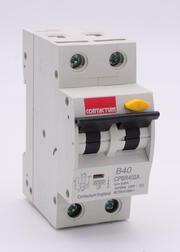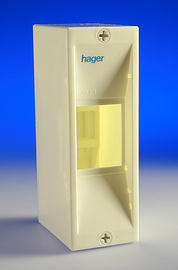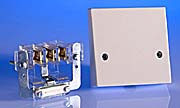Hi I am thinking of moving my cooker and oven to the opposite side of the kitchen. My questions are:
1. I am confident that I can do the job myself (tho Im not an electrician) Can I just extend the wire and connect them in a junction box? Of course I will move the isolator near the new location as well. Is this notifiable?
2. Now the route, can I just use the back of the Base carcass like the existing ring, but is therefore passing under the sink? If not legal/advisable my next option (I was trying to avoid) is to dig under the floor as prefer not to touch the floor above
Thanks in advance
1. I am confident that I can do the job myself (tho Im not an electrician) Can I just extend the wire and connect them in a junction box? Of course I will move the isolator near the new location as well. Is this notifiable?
2. Now the route, can I just use the back of the Base carcass like the existing ring, but is therefore passing under the sink? If not legal/advisable my next option (I was trying to avoid) is to dig under the floor as prefer not to touch the floor above
Thanks in advance




